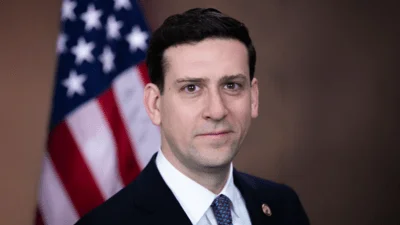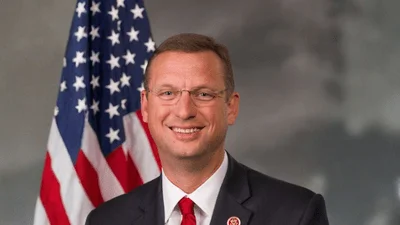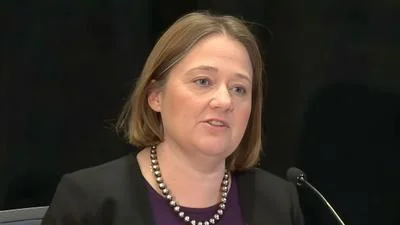Nic Waldenmayer, a partner at Eide Bailly LLP, said that the One Big Beautiful Bill Act narrows clean energy credits with accelerated phaseouts, new restrictions, and updated Section 45X definitions. The statement was made on X.
"The One Big Beautiful Bill Act reshapes the clean energy credit landscape with accelerated phaseouts, new PFE restrictions, and updated definitions under Section 45X," said Waldenmayer. "Eide Bailly's energy credits & incentives team can help you evaluate."
The One Big Beautiful Bill Act (OBBBA) of 2025 introduced significant changes to U.S. clean-energy manufacturing tax incentives. According to Sidley's insights on OBBBA, these changes include narrowings of the Section 45X tax credit that support domestic production of clean-energy components. Key provisions involve new "foreign entities of concern" (FEOC) restrictions, a requirement for more than 65% of direct material costs of certain integrated components to be U.S.-manufactured, and a ban on wind-component eligibility if produced and sold after December 31, 2027. These modifications accelerate and restrict the original timeline and scope set by the Inflation Reduction Act of 2022 (IRA), complicating manufacturing and supply-chain planning in the U.S. manufacturing sector.
While precise future utilization numbers for Section 45X under OBBBA remain preliminary, an analysis by the Center for Climate and Energy Solutions estimated that by June 2025 over $48.3 billion in manufacturing investment and approximately 62,700 jobs were already tied to 45X-eligible production. This underscores the credit's magnitude; however, according to C2ES’s September 2025 analysis of 30D & 45X tax credits, the law's tightened restrictions may limit future claims.
Under the regime set by the IRA and maintained by OBBBA for most components (excluding wind), credits for eligible components sold after December 31, 2029 begin to phase down: they will be at 75% of full value in 2030, decrease to 50% in 2031, and cease entirely after 2032. Troutman Pepper’s March 2025 breakdown of Section 45X states that wind-component eligibility ends earlier—no credit is available for those produced and sold after 2027—and credits for "applicable critical minerals" are phased down starting in 2031 rather than being permanent under original IRA rules.
Waldenmayer is a Partner at Eide Bailly LLP, a U.S. accounting and consulting firm where he specializes in tax strategy for construction and manufacturing clients. He has advised on federal clean-energy credits and incentives throughout his career.
Eide Bailly LLP is a national public accounting and advisory firm ranked among the top twenty by size in the United States. According to Eide Bailly’s official "Insights" page, it operates over fifty regional offices with more than three thousand five hundred professionals. Its Energy Incentives & Credits practice provides advisory services including eligibility studies, modeling, claim preparation, and compliance for federal tax credits such as Sections179D, 45L, and 45X.





